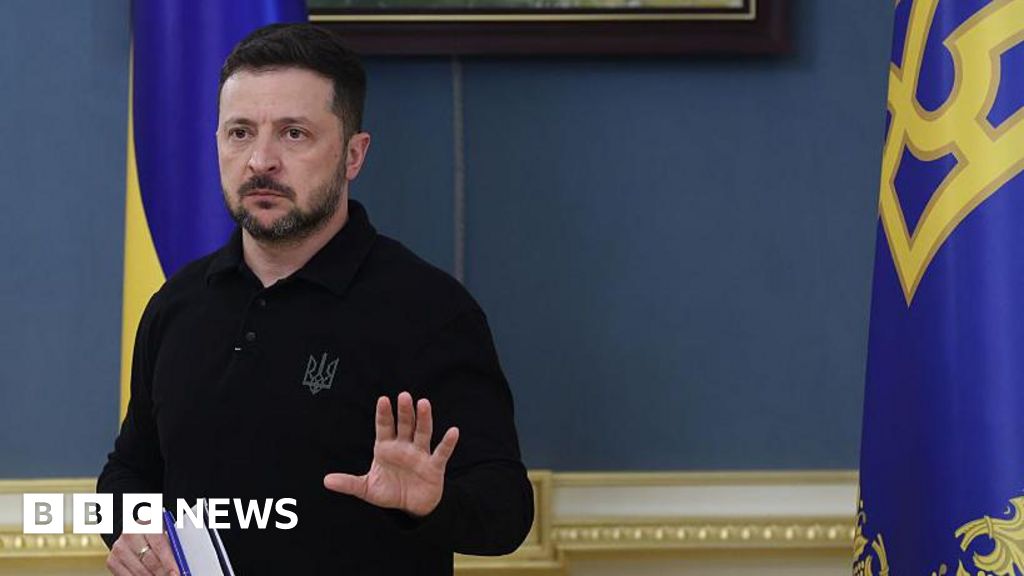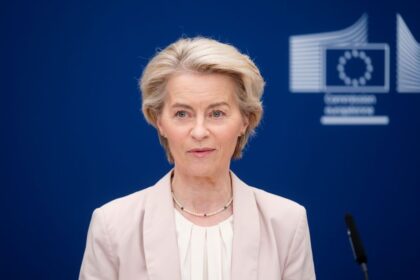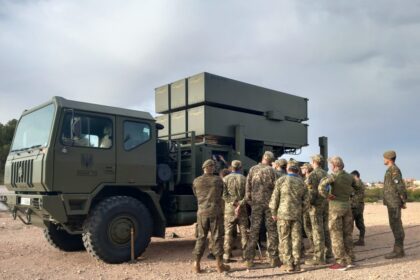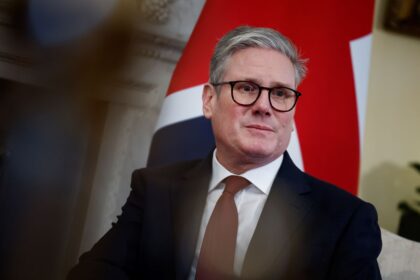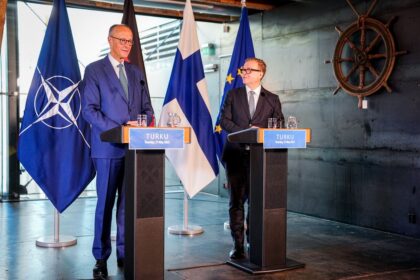**Crimea: The Thorny Issue in Trump’s Peace Plan**
The future of Crimea, a Ukrainian peninsula annexed by Russia in 2014, is at the center of US President Donald Trump’s peace plan for Ukraine and Russia. However, this issue has become a major stumbling block in the talks.
**A Brief History**
Crimea was first annexed by Tsarist Russia under Catherine the Great in 1783. It remained part of Russia until Soviet leader Nikita Khrushchev transferred it to Ukraine in 1954. The majority of Crimea’s population was Russian, mainly because the original Crimean Tatar population had been deported under Soviet dictator Joseph Stalin in 1944. However, when the Soviet Union collapsed, the Crimean Tatars were able to return from exile.
**Russia’s Annexation**
In March 2014, Russia organized a referendum on Crimea’s status, which was widely seen as a sham by the international community. The UN General Assembly adopted a resolution backing Ukrainian sovereignty, and the International Criminal Court ruled that Russia’s activity in Crimea amounted to “ongoing occupation.”
**Ukraine’s Stance**
For Ukraine’s President Volodymyr Zelensky, Crimea is an indivisible part of the country. He has ruled out recognizing Russian control over the peninsula, saying it would be against Ukraine’s constitution. Article 2 of the Ukrainian constitution states that Ukraine’s sovereignty “extends throughout its entire territory” which “within its present border is indivisible and inviolable.”
**Trump’s Proposal**
According to reports, Trump’s peace plan would involve the US recognizing Crimea as a legal part of Russia – de jure in Latin. This would mean giving up on regaining Crimea, a demand that Ukraine has made since 2014. Zelensky has pointed out that this is inconsistent with the US position under former Secretary of State Mike Pompeo, who said the US rejected “Russia’s attempted annexation of Crimea” and pledged to continue until Ukraine’s territorial integrity was restored.
**Consequences**
If the US were to recognize Russia’s annexation of Crimea as legal, it would set a terrifying precedent for countries like Romania that border the Black Sea. It would also undermine international law and the principles of the UN charter.
**Other Conditions**
Trump’s peace plan reportedly includes other difficult conditions, such as recognizing Russia’s occupation of almost 20% of Ukraine behind existing front lines, freezing the conflict in four Ukrainian regions: Donetsk, Luhansk, Kherson, and Zaporizhzhia. This would mean accepting a division of Ukraine that would be de facto recognized by the international community.
**A Complicated Issue**
The issue of Crimea is complex and sensitive for both Ukraine and Russia. While Ukraine sees it as an integral part of its territory, Russia views it as a historical and cultural region that has been annexed before. The international community has consistently supported Ukraine’s sovereignty over Crimea.
**Conclusion**
As the peace talks between Ukraine and Russia continue, the issue of Crimea remains a major hurdle. Trump’s proposal to recognize Russia’s annexation as legal is unlikely to be accepted by Ukraine or the international community. A solution that respects both Ukraine’s territorial integrity and the rights of the Crimean Tatar people is needed to move forward in these talks.
**Sources**
The article draws on various reports from US and European media outlets, including Axios and BBC News.




